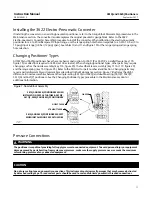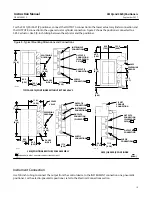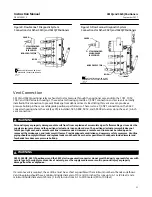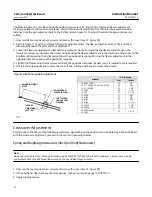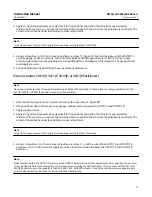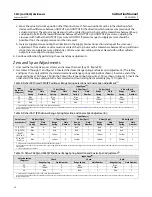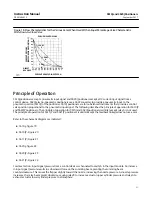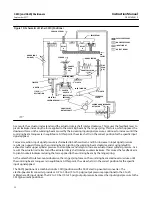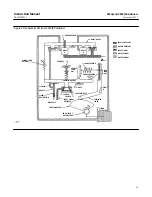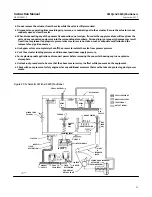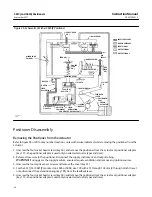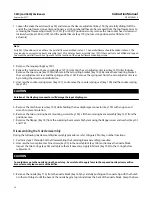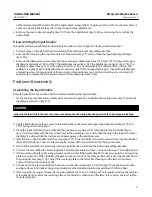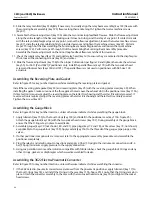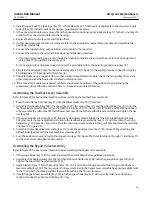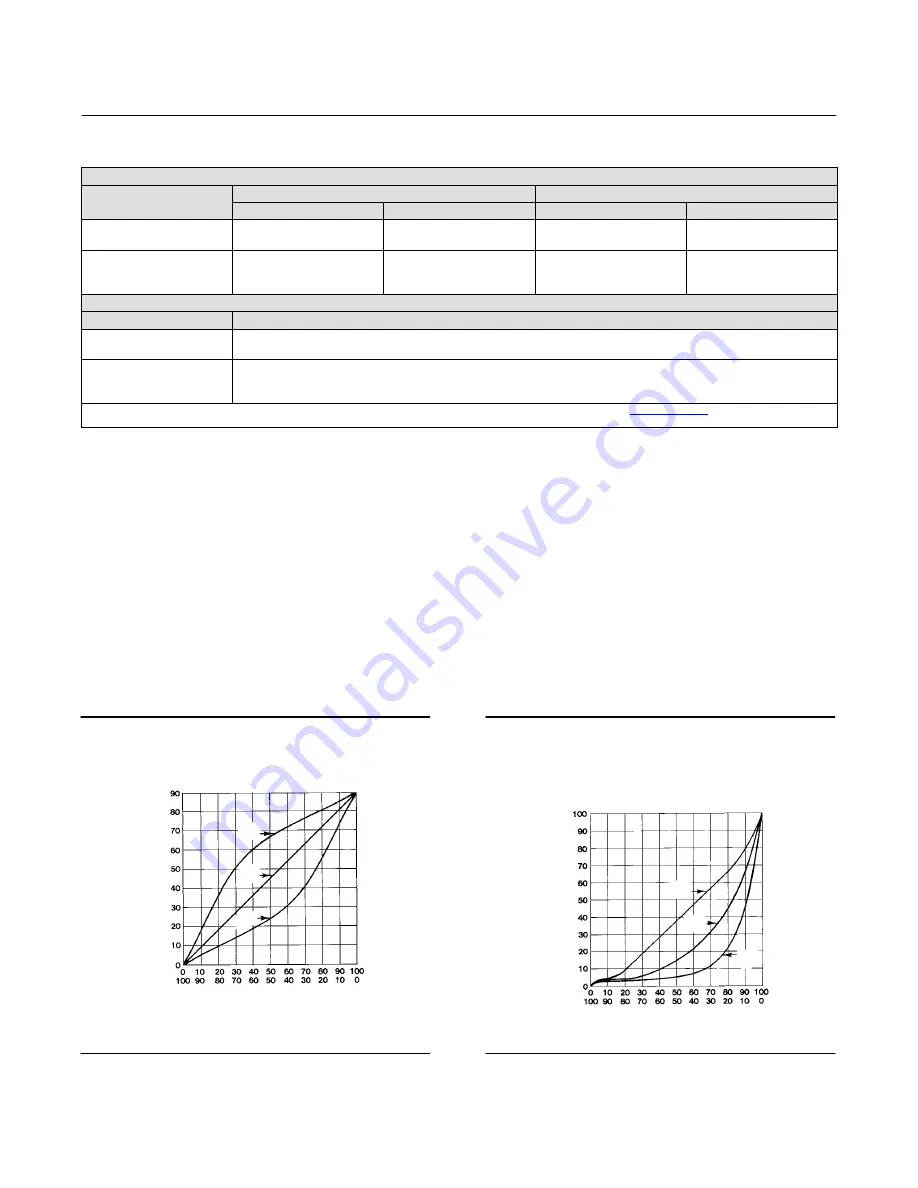
Instruction Manual
D200149X012
3610J and 3620J Positioners
September 2017
30
Table 12. Split‐Ranging Capabilities
3610J Positioners
Split
0.2 to 1.0 Bar or 3 to 15 Psig Input Signal
0.4 to 2.0 Bar or 6 to 30 Psig Input Signal
Bar
Psig
Bar
Psig
Two‐way
0.2 to 0.6
0.6 to 1.0
3 to 9
9 to 15
0.4 to 1.2
1.2 to 2.0
6 to 18
18 to 30
Three‐way
0.2 to 0.5
0.5 to 0.7
0.7 to 1.0
3 to 7
7 to 11
11 to 15
0.4 to 0.9
0.9 to 1.5
1.5 to 2.0
6 to 14
14 to 22
22 to 30
3620J Positioners
Split
4 to 20 Milliampere DC Input Signal
Two‐way
4 to 12
12 to 20
Three‐way
4 to 9.3
9.3 to 14.7
14.7 to 20
1. This table is only valid for the standard valve rotation or travel and range spring combinations listed in tables 8 through 11. Contact your
for input signal ranges not
listed.
Characterized Cams for 3610J, 3610JP, 3620J, and 3620JP Positioners
3610J, 3610JP, 3620J, and 3620JP positioners are available with any one of three cams: a linear cam (cam A) and two
characterized cams (cams B and C).
When the linear cam is used, there is a linear relationship between an incremental input signal change and the
resultant valve rotation. The flow characteristic is that of the control valve.
When either of the characterized cams are used, the relationship between an incremental input signal change and the
valve rotation is changed. Curves illustrating the relationship between the input signal and the valve rotation, and
between the input signal and the flow characteristic of an equal percentage valve, are shown in figures 16, 17, and 18.
Figure 16. Input Signal Versus Valve Rotation
DEGREES OF VALVE ROTATION
DIRECT
REVERSE
PERCENT OF RATED INPUT SPAN
CAM
B
CAM
A
CAM
C
A2264‐2
Figure 17. Flow Characteristics for the Various Cams
When Used With an Equal Percentage Valve
Characteristic, Push‐Down‐to‐Open Valve
DIRECT
REVERSE
PERCENT OF RATED INPUT SPAN
CAM
B
CAM
A
PERCENT OF FLOW
(PRESSURE DROP CONSTANT)
PUSH DOWN TO OPEN
33A4959‐A
A1581‐3
CAM
C


